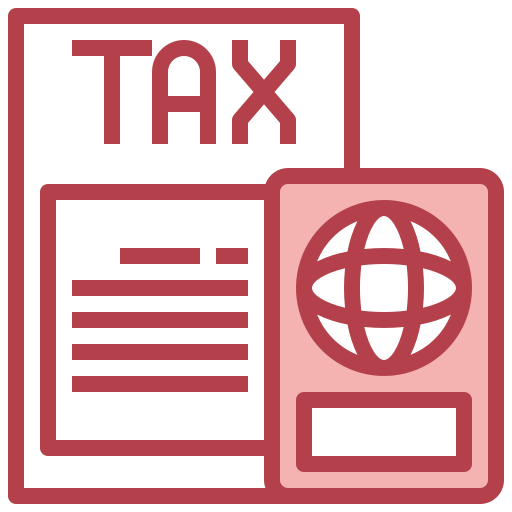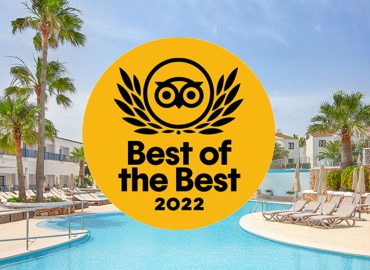One of the things that often draws attention upon arrival at a hotel in the Balearic Islands is the moment when the front desk informs guests about the payment of the tourist tax, which is usually charged at the end of the check-in process.
Many people are unaware that this is a mandatory tax paid upon arrival at the property, either because they were not informed (in the case of bookings made through an agency, third-party company, or even via the hotel’s own website). It’s quite common to see surprised faces when guests are told about the payment, and phrases like “I’ve already paid everything” or “No one told me about this” are more common than you might think.
This information is always available to guests from the moment they start looking into which hotel to choose for their holiday. Still, just in case someone missed it or doesn’t know what it’s for, we’re happy to explain it here—specifically as it applies to our 4-star hotels.
There are a few key things to understand: what the tax is for (where it goes), how much it costs, and who is required to pay it. Let’s break it down.
The tourist tax, officially known as the Sustainable Tourism Tax (ITS/STT), varies depending on the category of the accommodation (stars or keys for apartments) and the time of year (low season or high season). It is only to be paid by guests aged 16 or older, regardless of whether or not they are residents of the Balearic Islands.
In the case of our hotels, which are 4-star establishments, the cost is €3 per person, per day (plus 10% VAT) during the high season (from May 1st to October 31st), while during the low season (from November 1st to April 30th) the cost is €0.75 per person, per day. A key detail to note is that this rate applies up to the eighth day of stay—starting from the ninth day, the rate is reduced by half. So, the longer the stay, the more economical the tax becomes.
Where does the tax revenue go?
All the funds collected are used to support programs and actions divided into several areas, such as Environment, Sustainable Tourism, Cultural Heritage, Research, and also Training and Employment. Below is some more information to help you better understand where your tourist tax goes:
Environment
The primary and most important goal is the protection, conservation, and restoration of the natural environment.
Sustainable Tourism
Thanks to the revenue from the tax, we can also invest in the promotion of sustainable and off-season tourism.
Cultural Heritage
Another purpose of the tax is the restoration and preservation of historical and cultural heritage.
Research
Promoting scientific research projects that contribute to the fight against climate change or are related to tourism helps ensure that the islands remain as they are today: surrounded by a clean and healthy sea and a well-preserved natural environment.
Training and Employment
Among the aims of the tax revenue are improving training, creating skilled jobs, and increasing employment during the low season.





